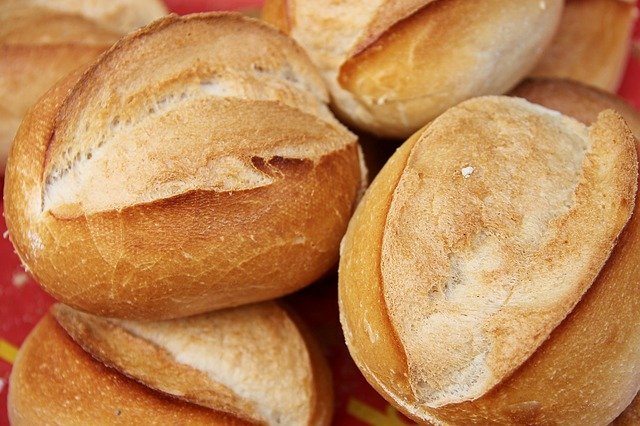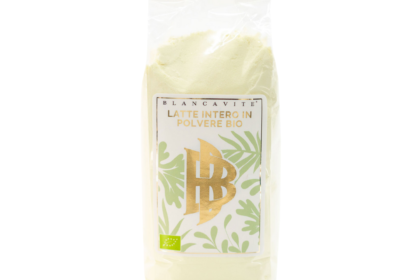Each of us throws away some item of clothing that no longer uses, even if it is not crumpled or ruined: this is what we need to unlearn from the fast fashion trend.
On average, 100 billion clothes are produced every year,which clearly exceeds the number of people who inhabit the Earth (7 billion). The production processes of these clothes are the second cause of pollution in the world ... but we will talk about it in more detail in the dedicated section.
With this article, you will discover the dark sides of low-cost fashion, that is, fast fashion, which we talked about in fast fashion vs slow fashion: ethical sustainable fashionWe will not only talk about the environmental impact of this sector, but also its social implications ma anche i suoi risvolti sociali.
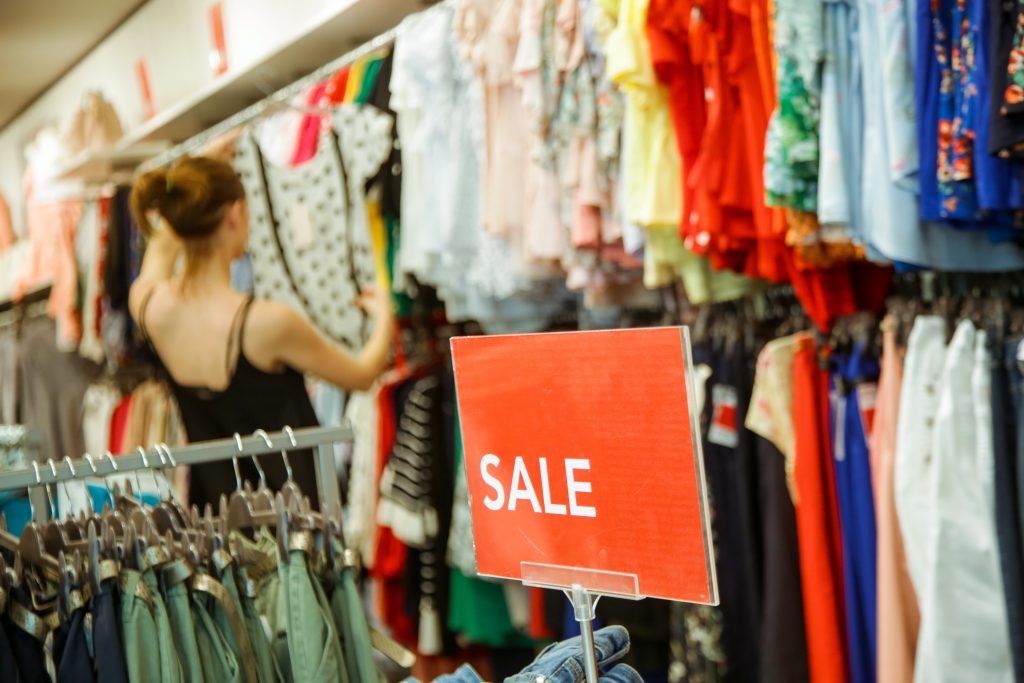
Table of Contents
THE HUGE WASTE OF FAST FASHION
Clothing made in the context of fast fashion produces extremely polluting emissions during the entire production process.
The fabrics used to make this clothing are mostly synthetic and derived from nylon, polyester and elastane. These plastic materials that derive from petroleumare the most harmful to the environment and the ecosystem in general.
Even wool, a natural material if pure, pollutes in a colossal way due to the long and laborious production processes.
What about cotton? The processing of cotton also represents an inexhaustible source of pollution from the textile sector..
As I pointed out in the previous article on fast fashion, 11,000 liters of water are wasted to produce just one kilogram of cotton that can be used for clothing. fast fashion, per produrre un solo kilogrammo di cotone utilizzabile per abbigliamento, vengono sprecati 11000 litri di acqua. Ma non è solo questo…
…il cotone utilizzato, prima di essere raccolto, viene trattato con sostanze chimiche nocive per l’uomo e l’ambiente: pesticidi e fertilizzanti non naturali.
Natural cotton occupies only 1% of the sustainable materials used by the fashion industry. One piece of news that makes us Italians proud is that the measures that regulate the use of chemicals in Italy are the most severe. in Italia sono le più severe.
However, that is not enough. It must be a global initiative to try to make clothing production as sustainable as possible
THE SECOND MOST POLLUTING SECTOR IN THE WORLD
The oil sector is certainly the most polluting, but the fashion sector is in 2nd place: 10% of pollution is in fact given by the fashion industry, In fact, most of the materials used to produce clothing derive from oil.
Another really disturbing data concerns the amount of water consumed each year by this industry: approximately 1,500 billion liters of water are used for making garments.
For this reason, the processing and various treatments with toxic substances that are carried out on clothing account for 20% of industrial-water pollution, produce 35% of the microplastics present in the ocean (and also in food, in the water we drink). (e anche nel cibo, nell’acqua che beviamo).
Not to mention the environmental impact of textile waste which exceeds 92 million tons every year. This waste is composed not only of unused clothing, but also of the unsold items from the shops.
You may wonder what the problem is. Well, the problem is that in order to be disposed of this waste is either burned, causing emissions of harmful gases, or thrown into landfills in an unsustainable accumulation of waste..
Lastly, the highly carcinogenic tinctures for humans should be mentioned. But let's clarify it better with a detailed list of harmful substances used to make clothes.
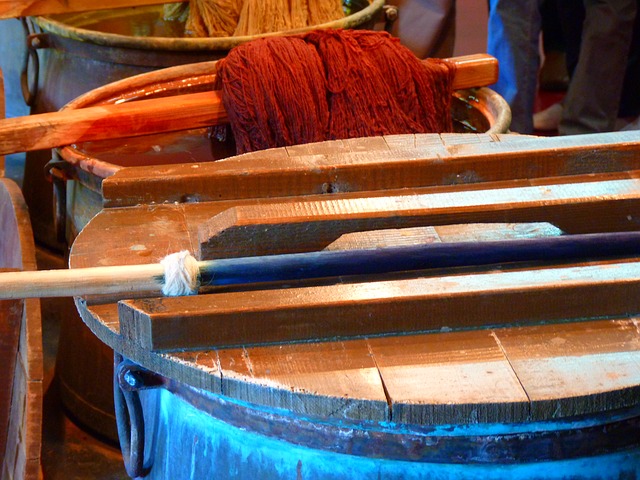
LIST OF HARMFUL SUBSTANCES
- Azo dyes: they have been certified carcinogenic for the substances they release. A European directive does not prohibit its use, but limits its percentage in the finished product. If a garment loses color, it has probably been colored with these substances.
- Halogenates:they are highly toxic substances for aquatic organisms with long-term consequences. Fortunately, its use has been banned in Europe.
- Formaldehyde:probably the most "harmless", it is used throughout the production process as a fixative for colors and dyes. According to European regulations, its residue must not exceed 0.02% on the finished product, while it must be 0 if the garment is intended for children.
There are also substances that can even interfere with the hormonal activity of the human being,or at least have a profound impact on his health. Let's see what they are:
- Pesticides:they are found especially on natural fibers (as I said before, for example on cotton which seems to be so harmless). They also use them to "protect" the garments from parasites inside the containers that travel from one part of the world to the other.
- Nickel:European regulations prohibit its residues on clothing or parts of them that may come into contact with our skin, since they cause a strong allergy.
- Phthalates:soften the plastic of the prints very often also present in children's clothing. They do not chemically bind to the molecules of the plastic and therefore can easily settle on the skin. They seem to be endocrine disruptors that upset hormonal activity. Thanks to animal experiments (which we do not support), the EU has declared two types of phthalates, Deph and Dpb, as toxic for reproduction, since they reduce male fertility.
HOW ARE ECO-COMPATIBLE SLOW FASHION PRODUCTS IDENTIFIED?
Even if it seems simplistic, the first easy thing to do is evaluate the price of the item of clothing you want to buy: if you like jeans and they cost € 15, you can safely assume that they are a low quality fast fashion product.
We speak of "low quality" not to feel more fashionable and important if we buy clothing from big brands. It is that very often the best-known high fashion brands are also more sensitive to the environmental issue and implement campaigns aimed at raising awareness among employees.
Sometimes, however, even the most luxurious brands have a very serious environmental impact,but the difference is made by the numbers: while the low-cost fast fashion produces endless clothing, in exuberant quantities, the high-cost one produces much lower quantities.
Another solution is to buy sustainable products, even second-hand, recycled. You can base your purchasing choices on ecological and eco-sustainable fabrics.
How to understand if they are ecological? The label. You have to learn to read the labels of the products you buy, even if they are not food products.
What are the ecological natural fabrics: tessuti naturali ecologici:
- organic cotton
- organic linen
- silk
- hemp
- eco wool
But there are other synthetic materials that are considered ecological, such as:
- NewLife: ecological fiber born from recycled plastic waste
- Econyl: recycled nylon fabrics
- Ecoalf: fabrics produced with different eco-sustainable recycled materials
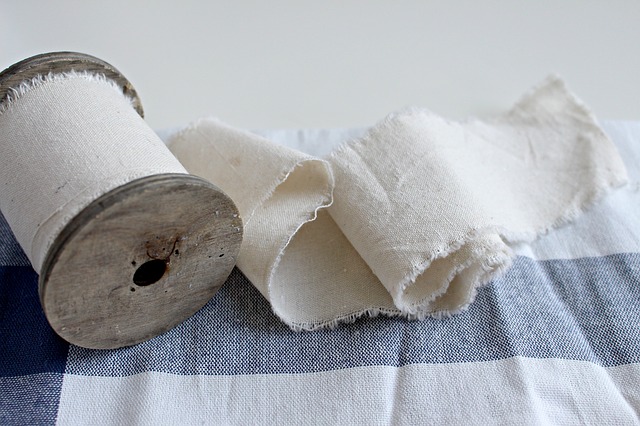
THE SOCIAL IMPACT OF FAST FASHION
Let's start immediately with some data: both estimates that the fashion industry is the second industry most exposed to the risk of human exploitation and forms of modern slavery, especially of children and women.
Despite being a significant area of employment for women, there are daily cases of violence and harassment in the workplace and gender pay discrimination.
Pensate che Minors can work over 12 hours a day, reaching as adults to earn perhaps $ 200 a month, in the best of cases.
Surveys conducted by the Fashion Revolution association have shown how in China, more specifically in Guandong, women (often minors) work up to 150 hours of overtime every month, obviously unpaid.
60% of these workers do not have the minimum security of an employment contract and 90% do not have access to social security.
In Bangladesh, workers in the fashion sector receive $ 44 a month, when the minimum wage is usually $ 109. quando solitamente il salario minimo è di 109 dollari. Allucinante.
In addition, 7.4 million children are exploited and forced to work in the fashion industry to ensure sustenance for their family. In 17% of cases they suffer violence and abuse.
Fashion Revolution gives us more shocking data: a research conducted on 91 clothing brands has shown that only 12% of these have taken actions during the time to guarantee a legal minimum wage for their employees.
From a study,we know that only Gucci "boasts" of guaranteeing an adequate and legal salary for 25% of its workers. The remaining 75% is not demonstrable through reliable evidence.
Do you want a list of some more fashion eco-sustainable brands? Sure you want it! Here it is: Patagonia, Alternative Apparel, EcoAlf, Reformation, Synergy, Canepa, Cangiari, Quagga, Deadwood.
Patagonia
This brand was founded in 1973 in the US,and it is known for its activism in support of young people who rebel against oil drilling and other activities that negatively impact our ecosystem.
It supports non-profit environmental organizations that fight to make the planet a habitable and sustainable place by donating a percentage of the profits. You can subscribe to their initiatives.
They have promoted an innovative fabric dyeing process that wastes less water and electricity and substantially decreases the use of chemicals.
Alternative Apparel
Their motto is “We’re not leaving a mark, we’re making a positive footprint”. In retail stores they have abolished the use of plastic bags.
They make comfortable and basic clothing especially to take home in all imaginable comfort.

EcoAlf
EcoAlf is a brand born in 2009 in Spain. It is proposed not to exploit without criteria that natural resources of our planet, which is suffering very negatively, to ensure a future both for the ecosystem and for the next generations who will have to inhabit it.
The brand aims to make clothing using recycled materials such as plastic, cotton, fishing nets, tires and so on.
Reformation
The hottest brand of the moment, very popular among celebrities, including Gigi Hadid and Emily Ratajkowski..
Their goal is to create clothing that respects the environment, in an ethical and eco-sustainable way, without exploiting natural resources in a negative way, but rather recycling.
Their motto is “being naked is the #1 most sustainable option”.
Synergy
Their clothing is made of organic cotton grown and harvested with methods that impact much less on the environment than the standard methods of the fashion industry.
They are dyed with dyes that do not contain chemicals that are harmful to us and the environment.Even the factories where their clothing is made must adhere to strict social and economic standards to protect workers.
Canepa
This brand aim to safeguard water and therefore protect a healthy ecosystem, carrying out an action called #SaveTheWater., portando avanti un’azione chiamata #SaveTheWater.
They also set a non-negligible energy saving goal, called "Energy efficiency", through the installation of photovoltaic systems.
Cangiari
Cangiari in Calabrian means "to change". In fact, the brand aims to differentiate itself from other brands thanks to its sustainability policy and ethical work.
It's ethic for the environment, for the workplace and for workers and ethic for the materials used to make clothing:only organic fabrics certified by G.O.T.S.
Quagga
Quagga is an Italian company, an emblem of eco-fashion founded in 2010. It aims to ensure respect for the environment, for people and for human relationships.
They make clothing with 100% recycled materials,free from harmful chemicals, to the benefit of both the environment and the end consumer.
Deadwood
This brand was born in Sweden. They recycle leather scraps from the tanneries and turn them into garments or various accessories.
The garments that Deadwood makes are not only beautiful to the eye, but are also eco-sustainable and durable over time, making their products a true eco-sustainable must-have!, facendo dei loro prodotti un vero must-have ecosostenibile!
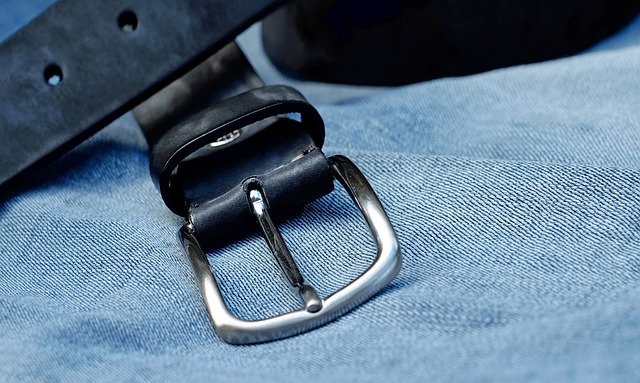
what we can do
The first thing we should all learn to do is: use our clothes for as long as possible, and if necessary fix them.
The second one: avoid continuing to buy heaps of cheap clothing.
If we buy cheap clothes, we are hurting the environment and also ourselves, if we consider the quantities of harmful substances that manufacturers use to make them.
Among other things, they are much less durable, because the textile materials that are used are not of quality
Let's try to buy less, perhaps at a higher price to ensure the durability of the clothing we go to buy.
Let's recycle clothes:are they no longer good? Let's give them to some close relative, they certainly won't refuse. What if they refuse? We can give these clothes to charity shops for people who can't even afford a t-shirt.


